What To Know About Using Cover Letter Enclosures This Year
A cover letter enclosure can help you address important requirements in a job application. How do you use these enclosures to your benefit?
A cover letter enclosure can help you address important requirements in a job application. How do you use these enclosures to your benefit?
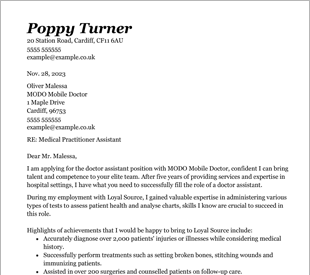
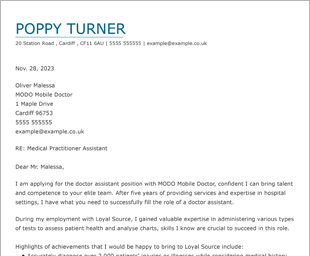
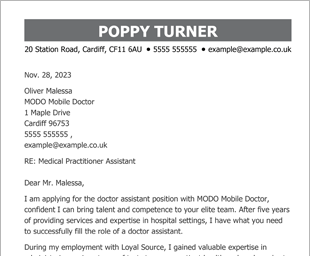
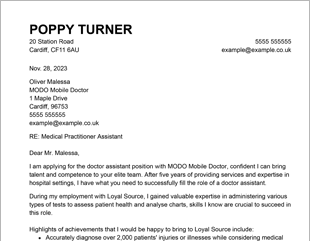
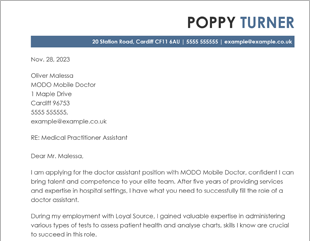
OUR USERS HAVE BEEN HIRED BY
A cover letter enclosure is a list of all the additional documents that you’ve attached with your application. It’s called a “cover letter enclosure” because it goes on the cover letter. However, it does not include the cover letter, as that’s what the hiring manager is already reading. Here are a few documents that you might find listed on an enclosure:
Additionally, any other document that you need to include should go on this enclosure statement. This especially includes any documents the hiring manager specifically requested in the application. That way, once the manager reaches the end of your cover letter, they know you’ve included all the things they asked for.
Why might a cover letter enclosure be a good idea? Most commonly, it’s because a potential employer is going to read your cover letter first, and listing the enclosure on your business letter allows them to immediately see that you have all the things they asked for.
Understanding enclosure notation is an important part of writing a cover letter enclosure that fits into any cover letter format.
The basic explanation is that you should put each item on its own line, you shouldn’t include numbers, and you should put them all underneath a header of “Enclosure,” the plural “Enclosures,” or its shortened form, “Encl.” For example:
This works whether you’re including your enclosures in an email cover letter or a cover letter document. Here are some of the documents you can list as enclosures:
Here are a few cover letter examples that you can use when writing your own.
Remember to put a list like this at the bottom of your cover letter. If you include your company name and contact information at the end, it should go under that. The cover letter builder from CVHelp can help you organise your cover letter more effectively, from the opening paragraph and salutation to your “Sincerely” at the end.
Not necessarily. Many people send out their cover letters every day without an enclosure and their job search goes just fine. However, if you want the best chances of getting a follow-up, especially if you have more documents than just your cover letter and resume, a list of enclosures is never a bad thing. It primes your hiring manager for all the documents you want them to see.
The cover letter enclosure should always go at the end of the cover letter. If you have a postscript, put it after the postscript as well. The cover letter enclosure should be the absolute last thing your hiring manager reads so they know what to look for after they read your letter.
Include all documents that are not the cover letter in your enclosure. It is incorrect to put the cover letter in the enclosure because you’re already reading the cover letter. However, you should put expected documents like your resume in the cover letter enclosure.
We personalize your experience.
We use cookies in our website to ensure we give you the best experience, get to know our users and deliver better marketing. For this purpose, we may share the information collected with third parties. By clicking “Allow cookies” you give us your consent to use all cookies. If you prefer to manage your cookies click on the “Manage cookies” link below.